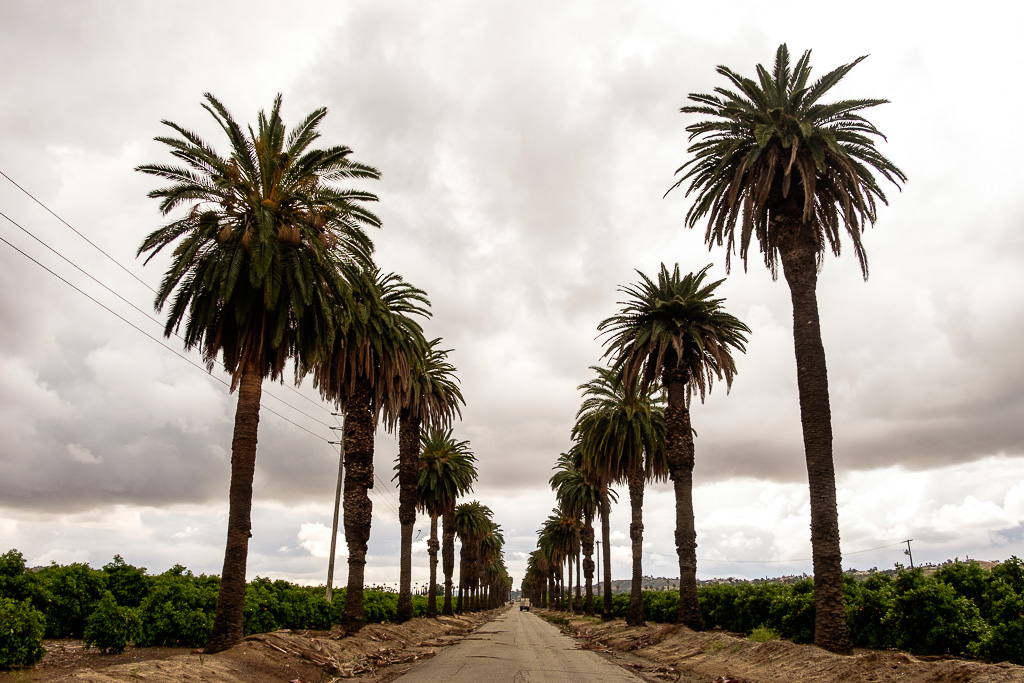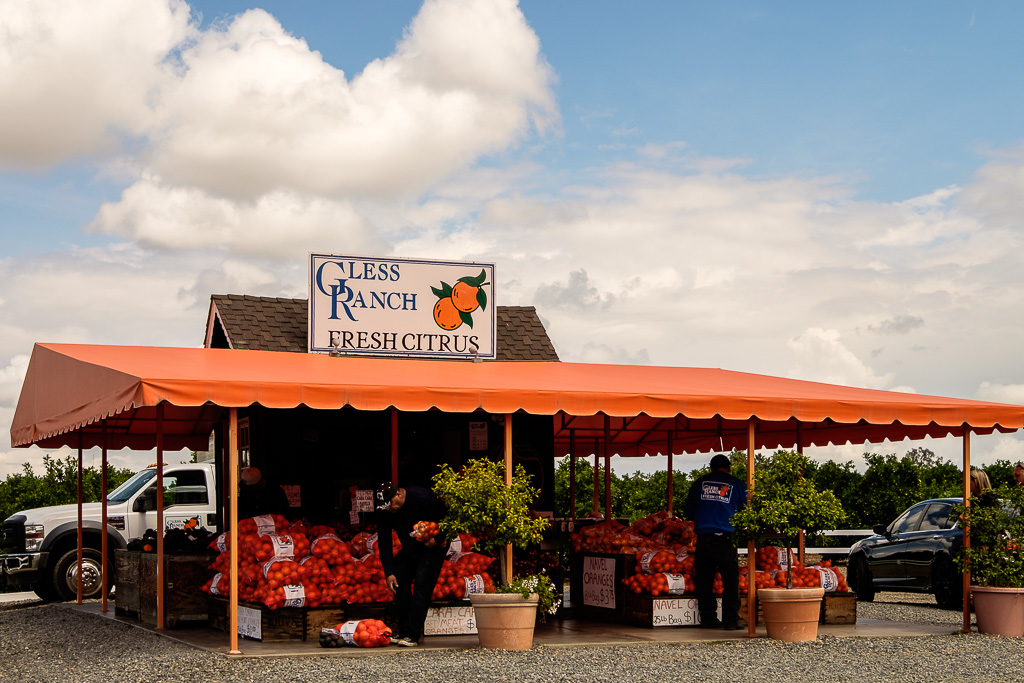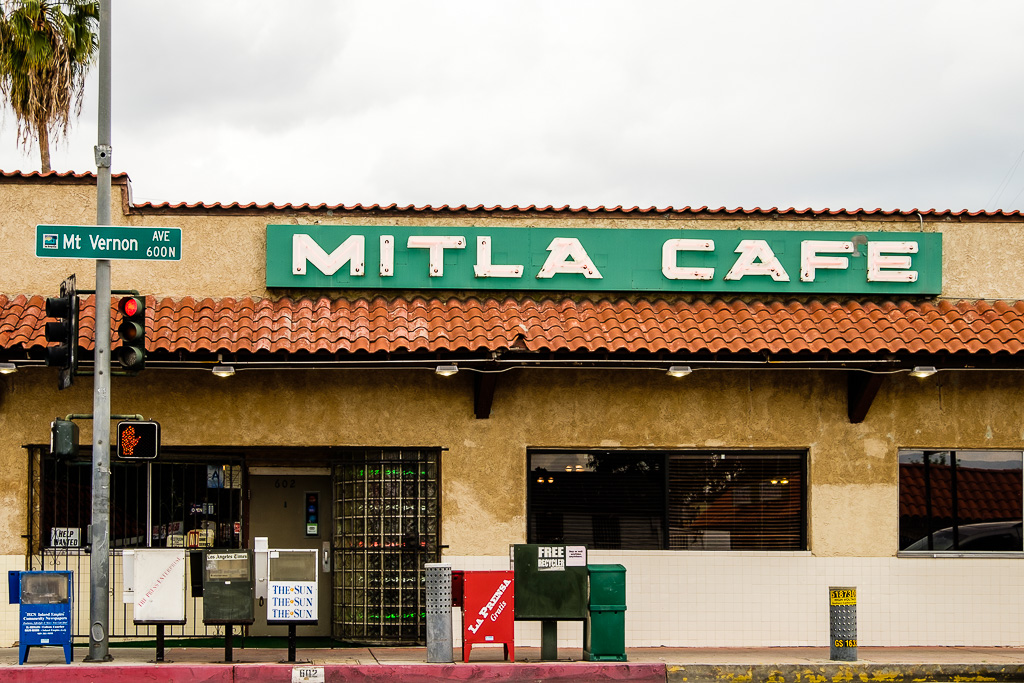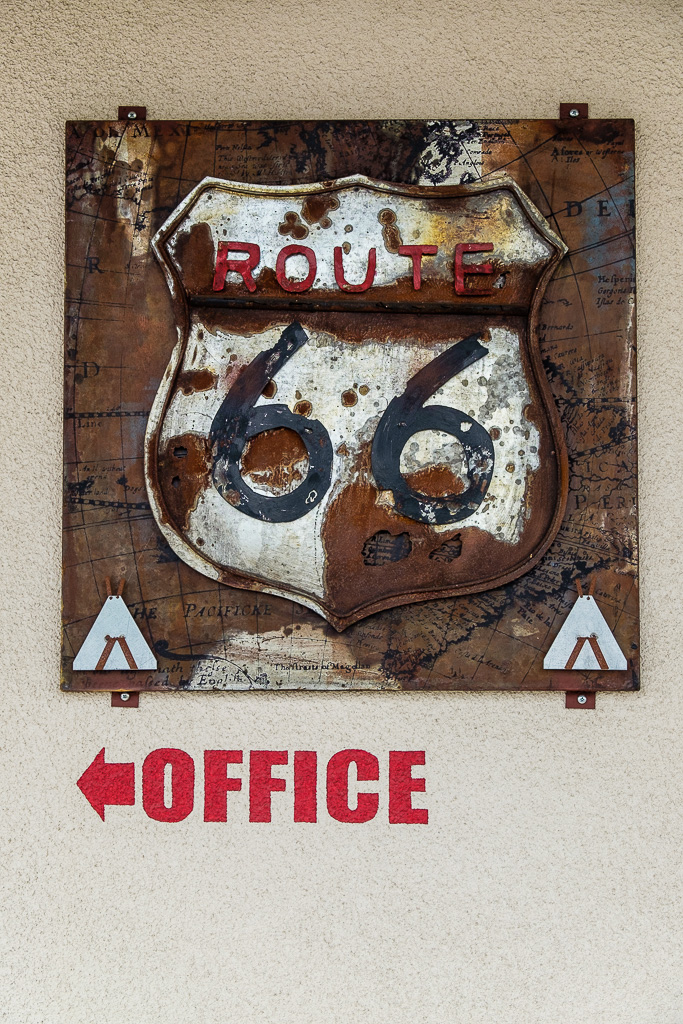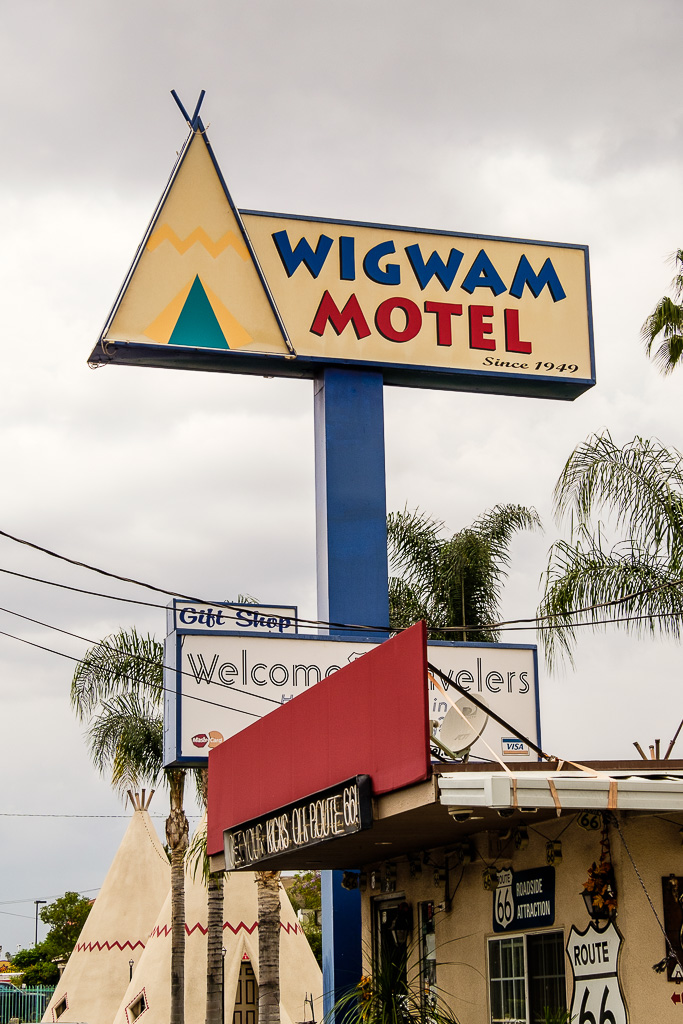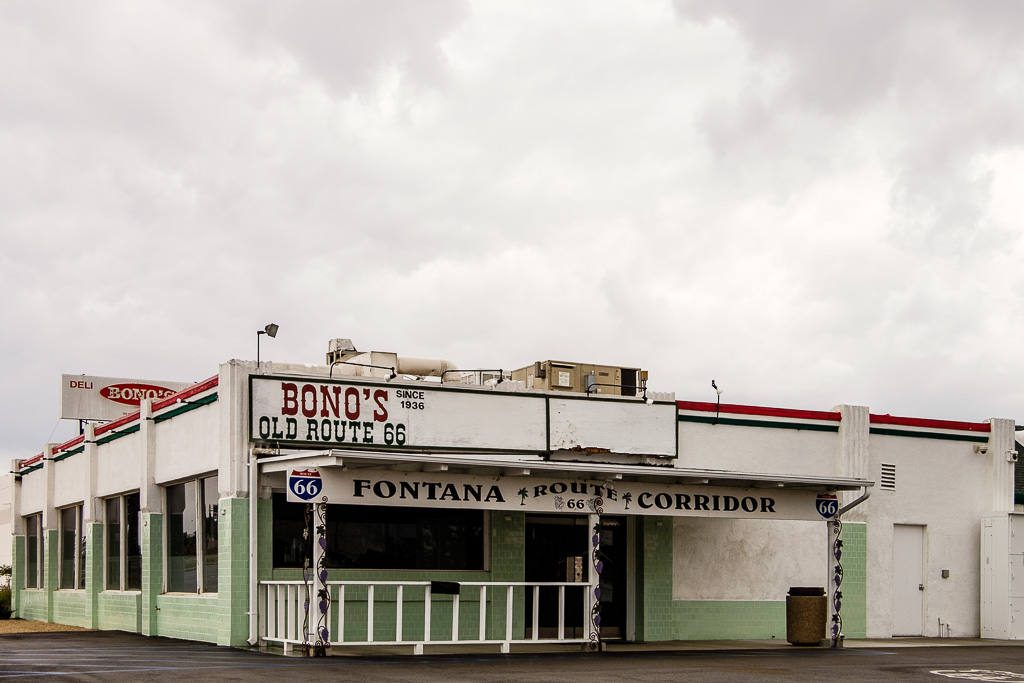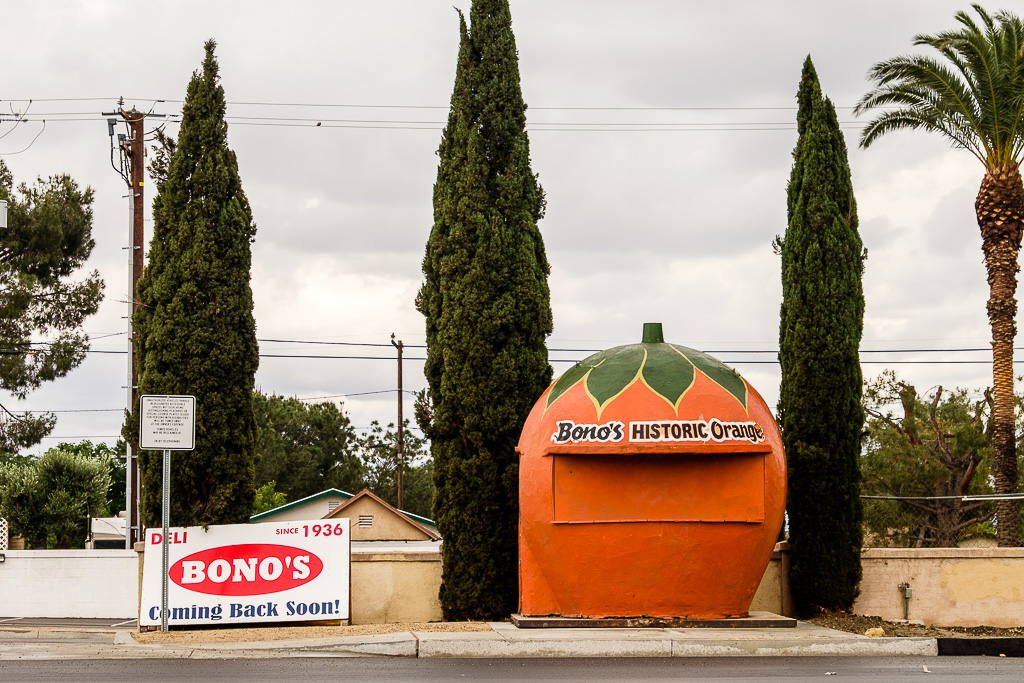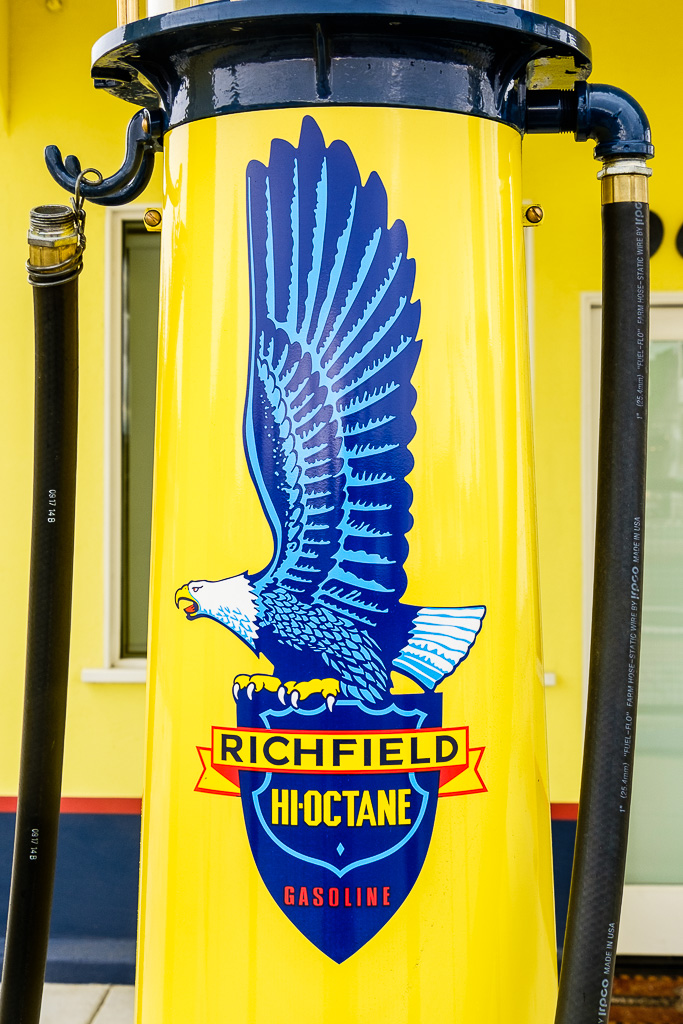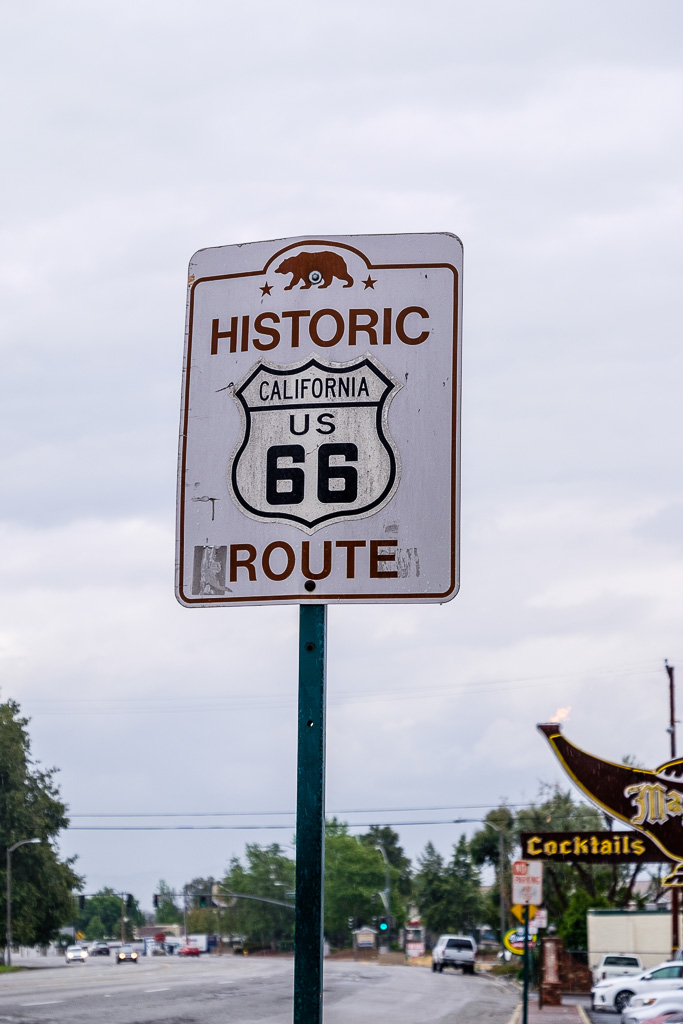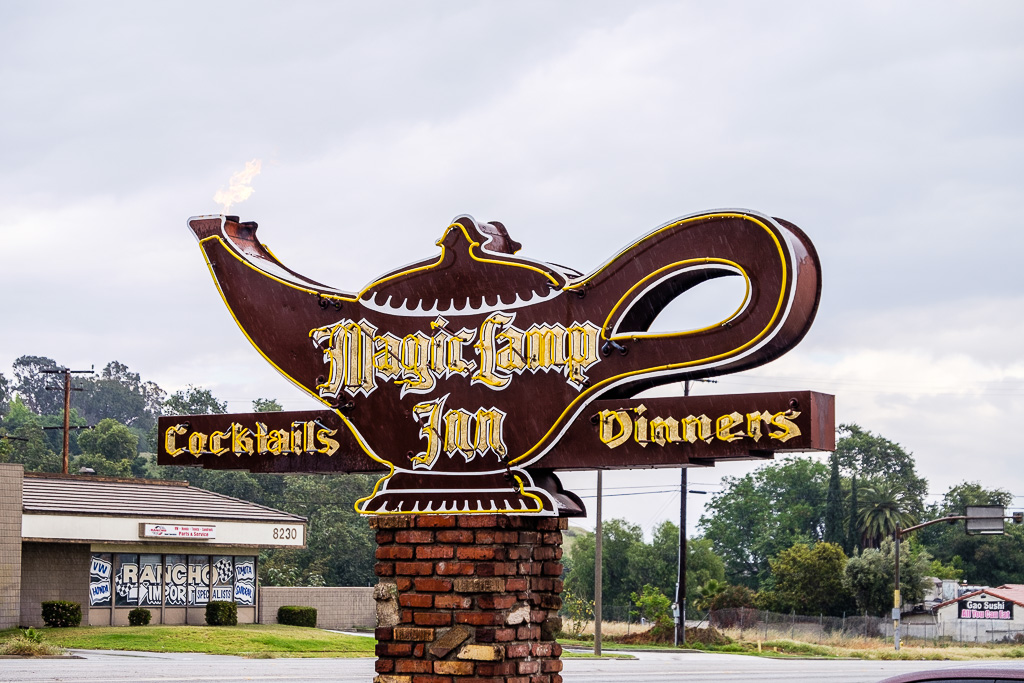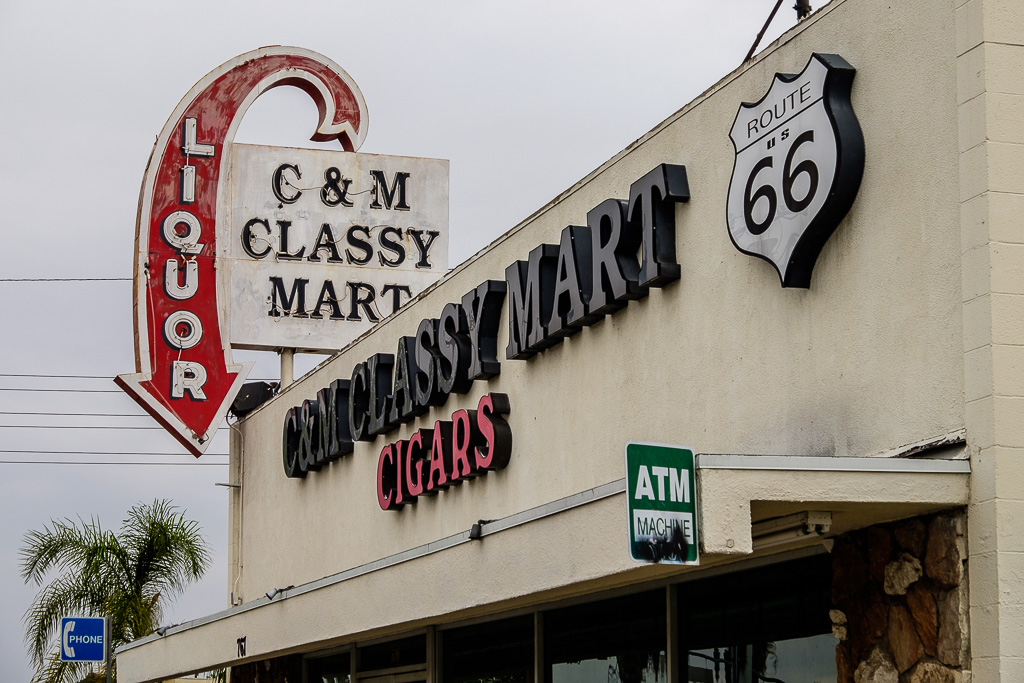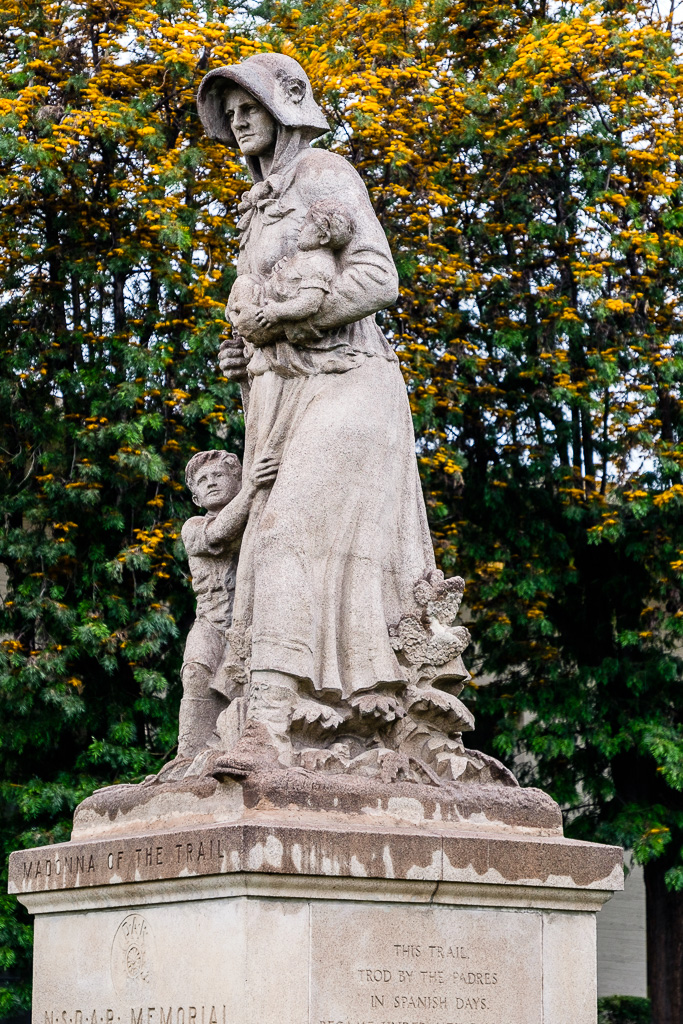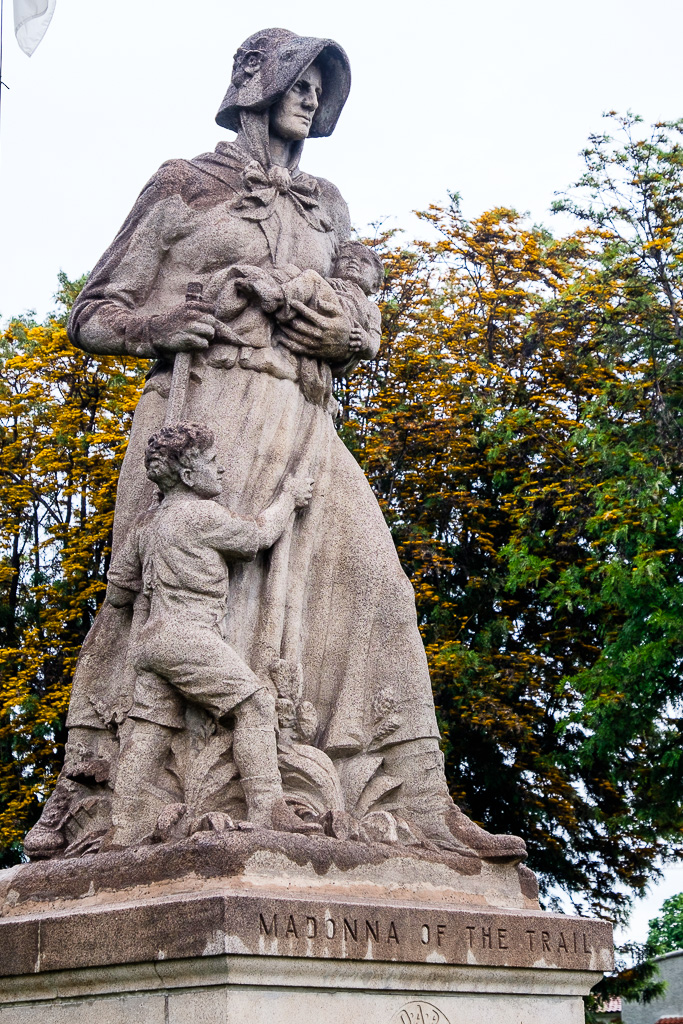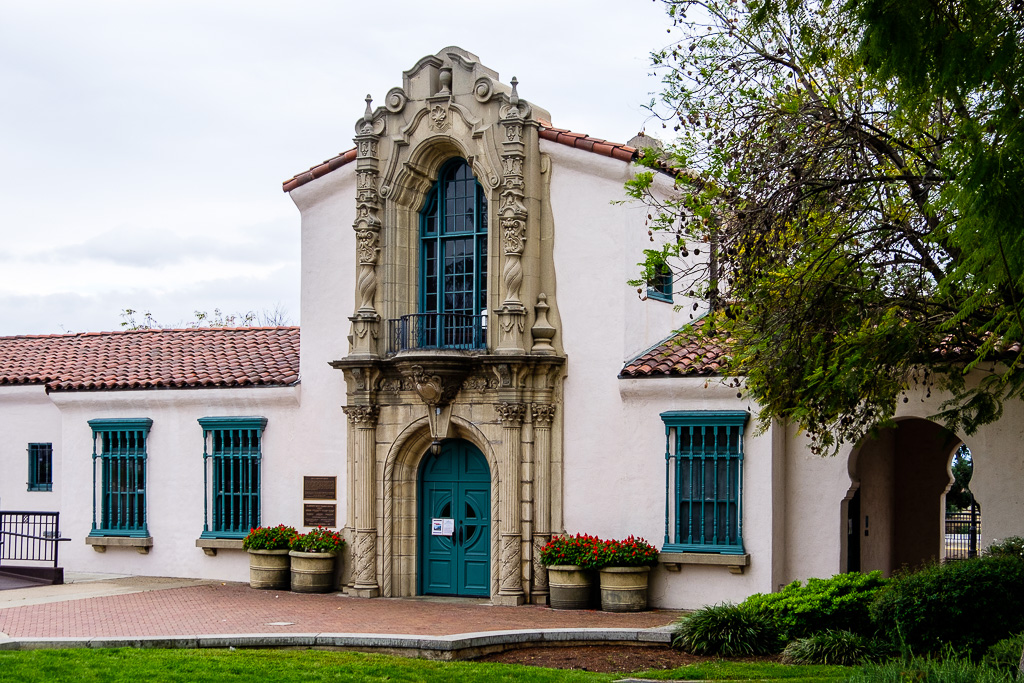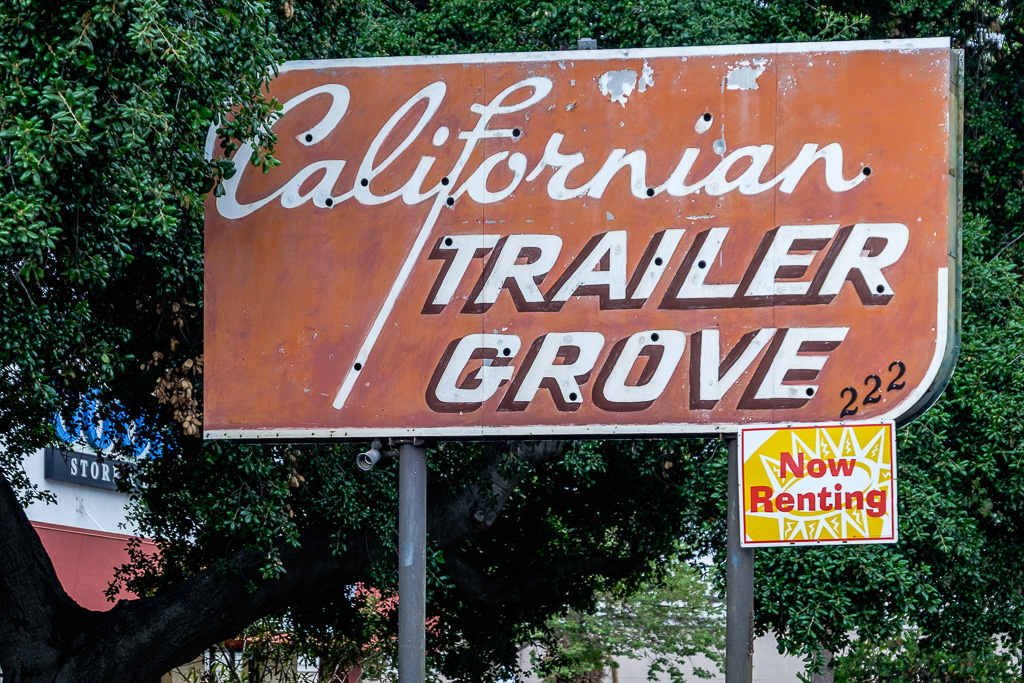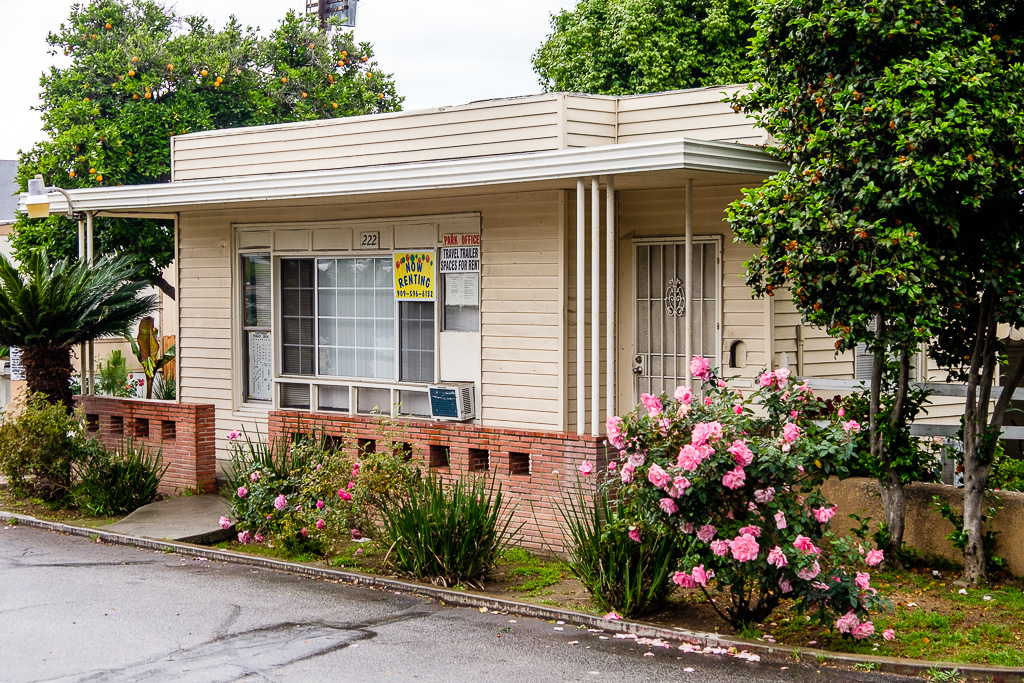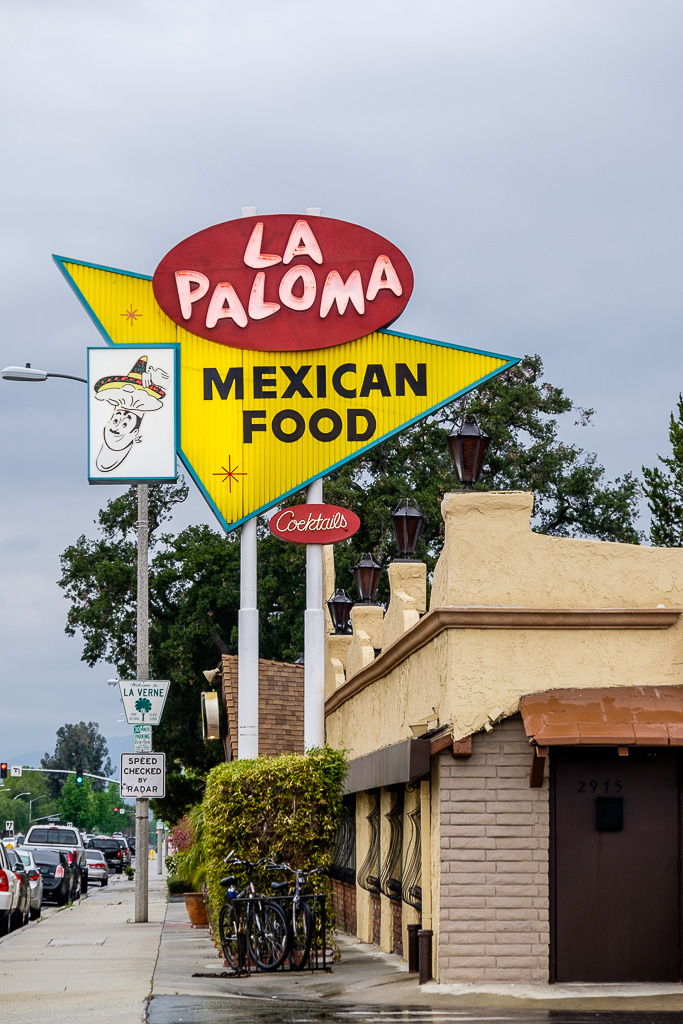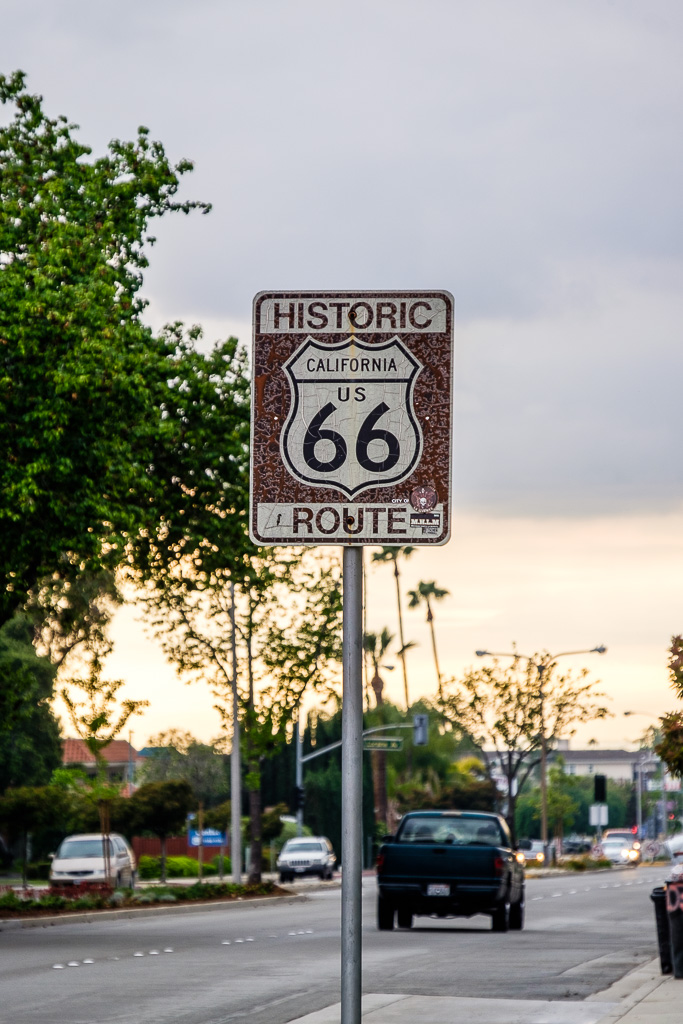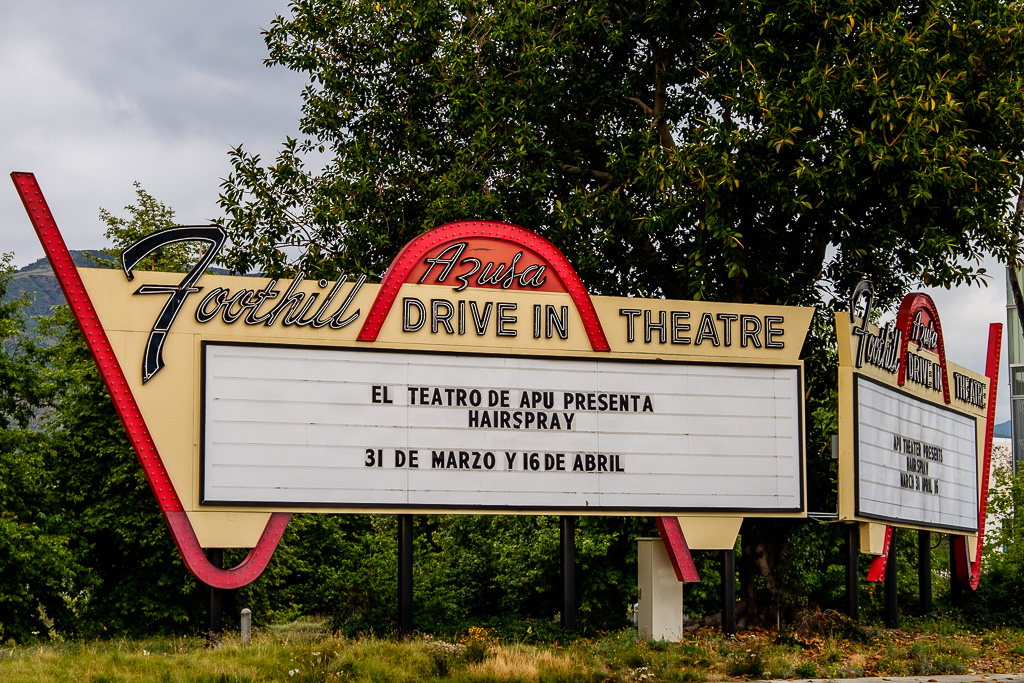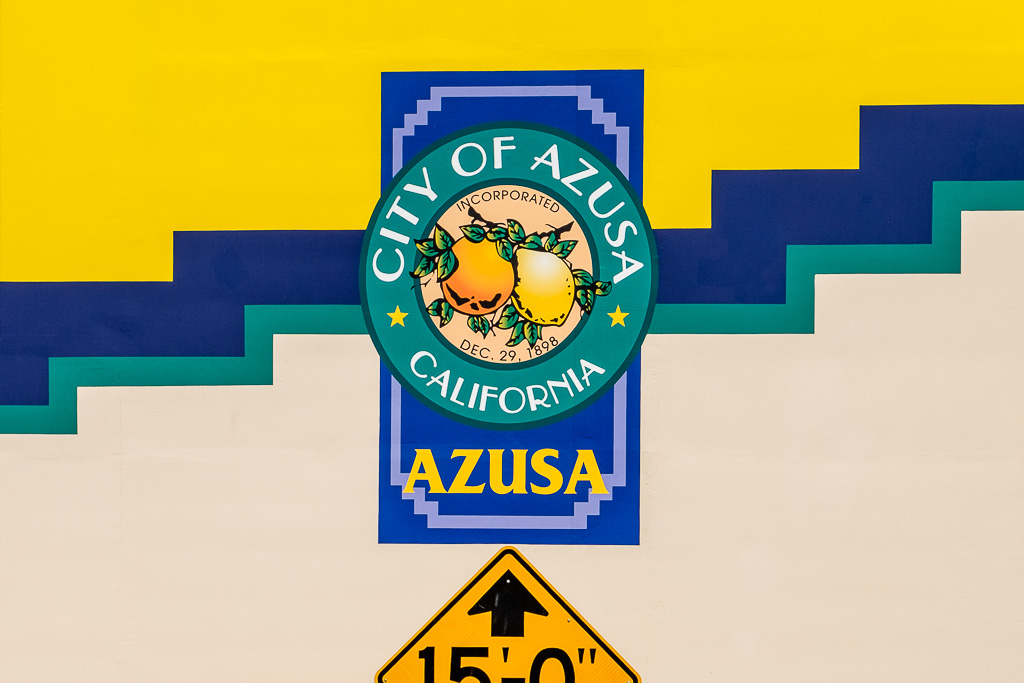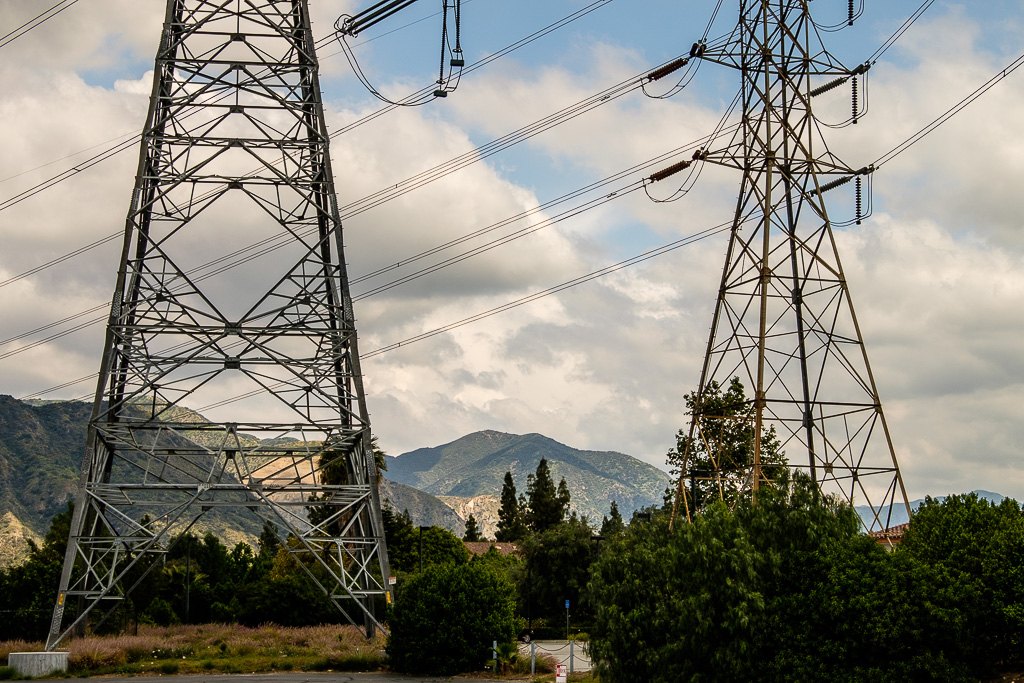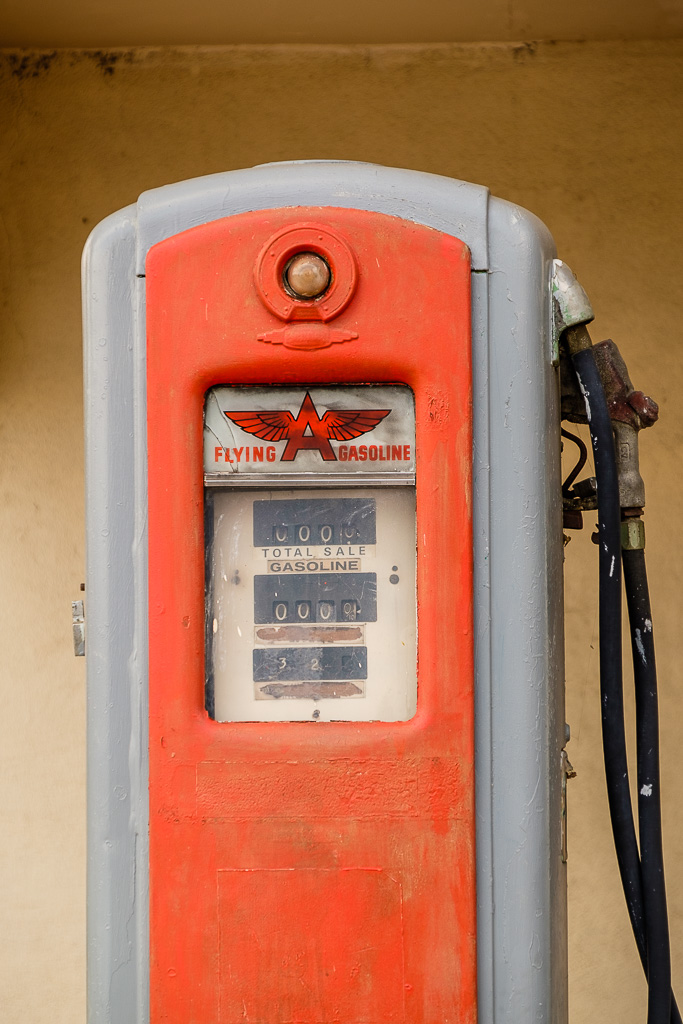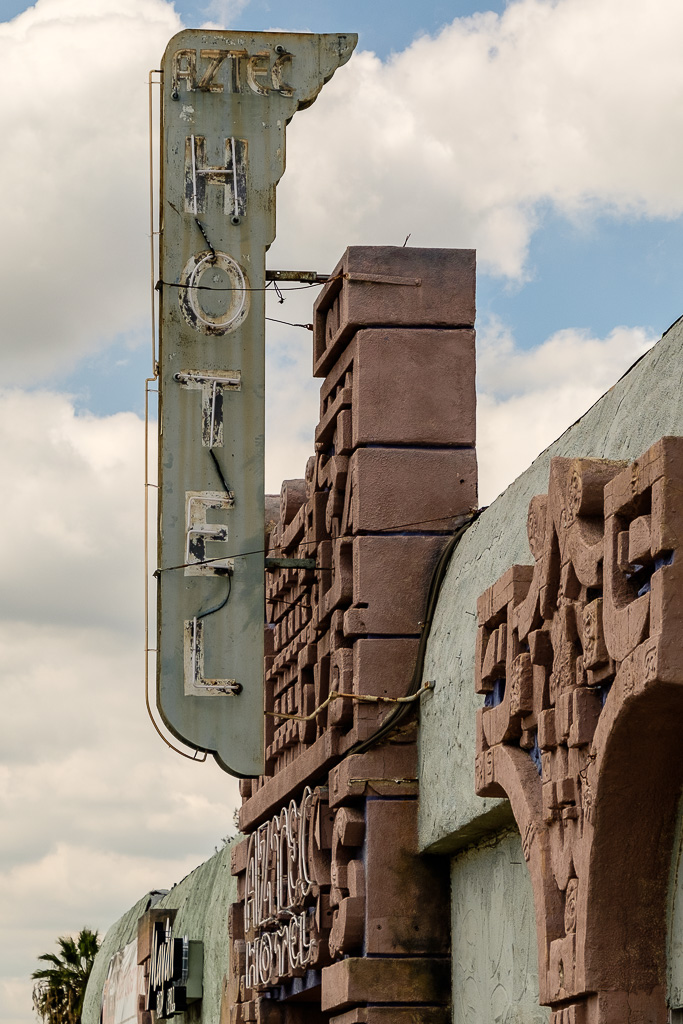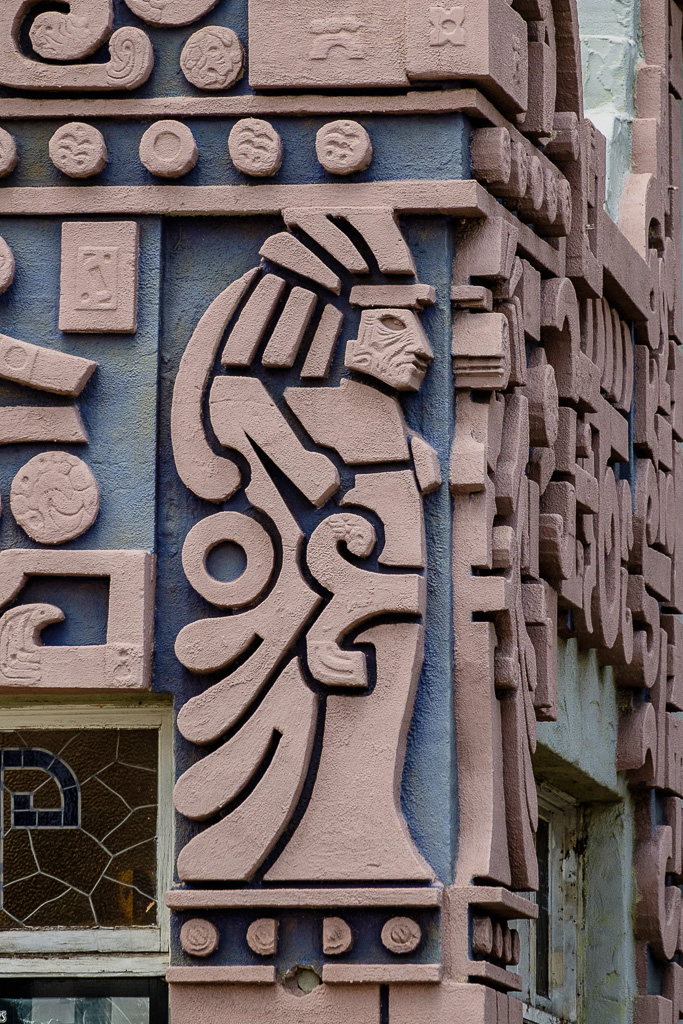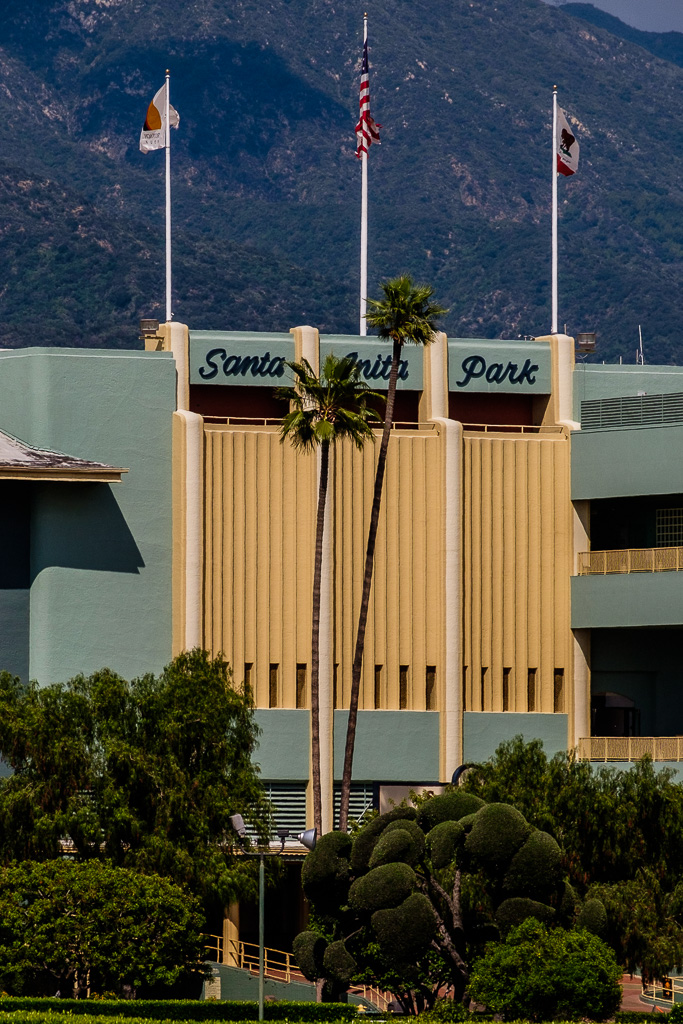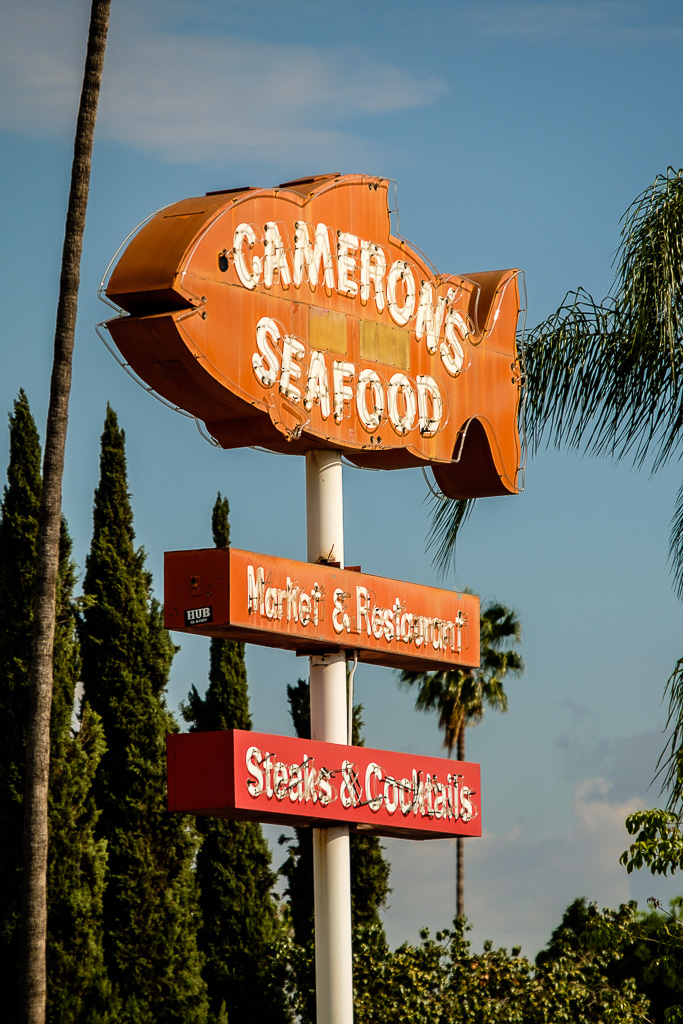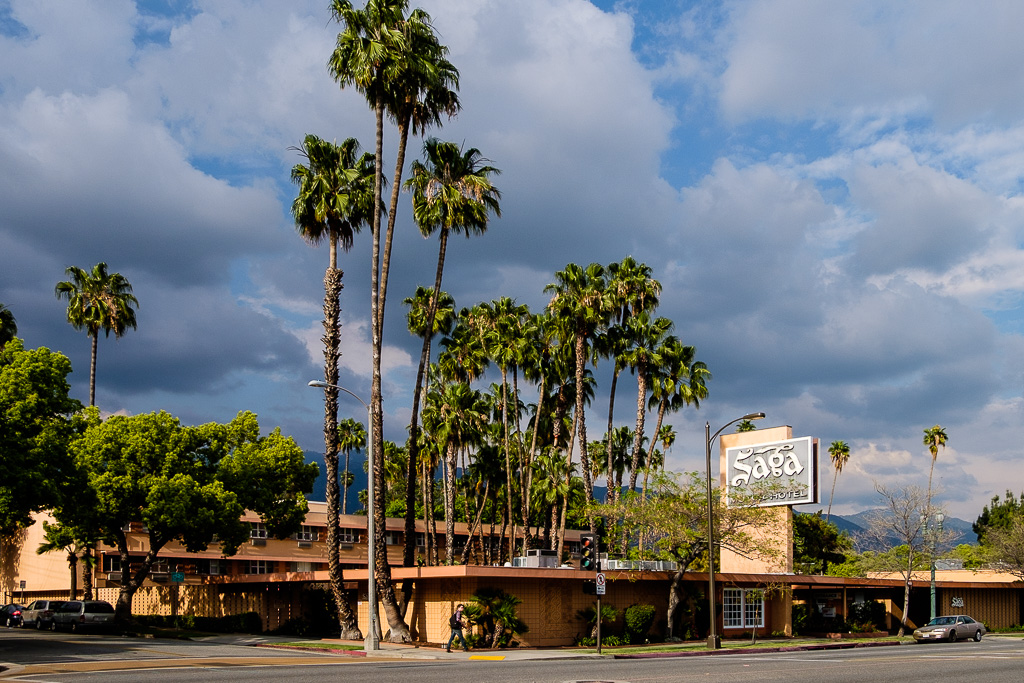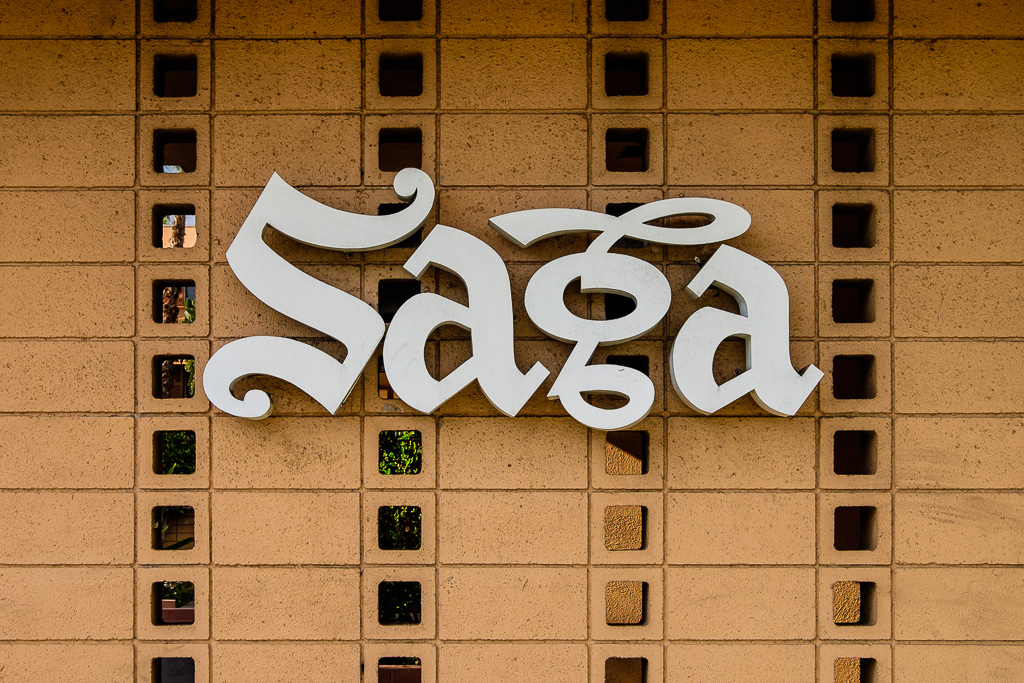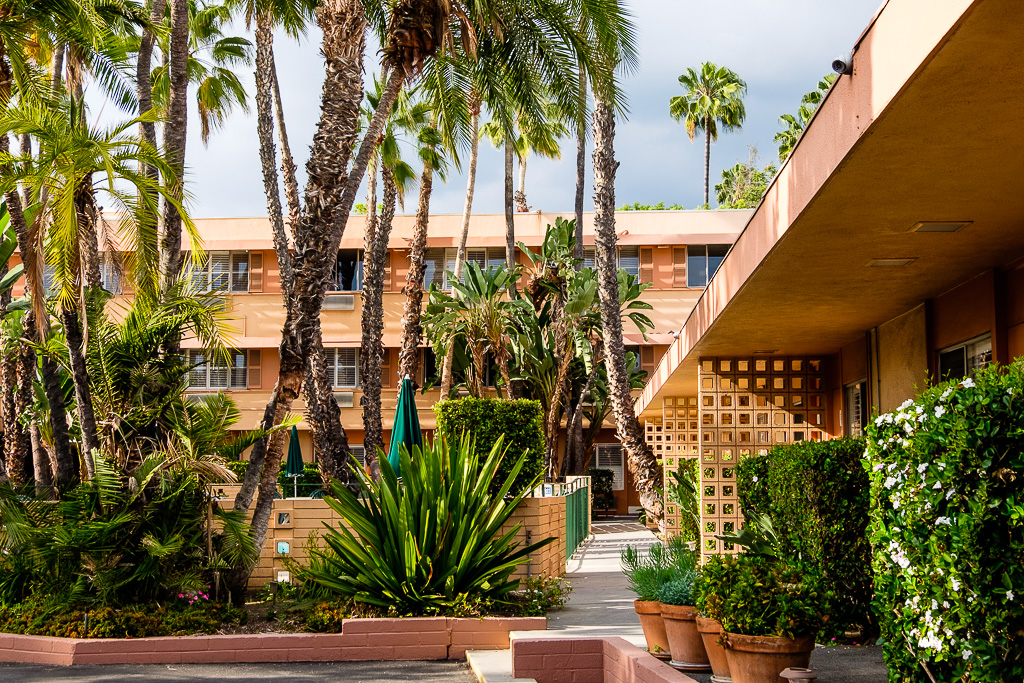 With a couple of exceptions the photographs in this post and the next one were all taken on a “prequel” Route 66 drive exactly a year ago in April 2016.
With a couple of exceptions the photographs in this post and the next one were all taken on a “prequel” Route 66 drive exactly a year ago in April 2016.
Route 66 arrives in San Bernardino after a climb over the Cajon Summit from the Mojave.
First, we will overshoot San Bernardino, however, and start in nearby Riverside. Why? The answer is that the journey on Route 66 from San Bernardino to Pasadena used to be through vineyards, lemon and orange groves. It is hard to believe now; one sees little, if any, agriculture on the drive these days. The area is very built up and is within the urban sprawl of the Los Angeles basin.
In Riverside there is this surviving bit of what it must have once looked like: the California Citrus State Historical Park. Read more about it here and here. It helps us picture in our minds what travelers must have seen after making it through the Mojave and then proceeding either north to the great Central Valley or west to Los Angeles (via Pasadena). The first six pix were all taken in or near Riverside.
Next, San Bernardino. The very first McDonalds was in San Bernardino on North E St. but it was demolished years ago. The world’s first Taco Bell was there, too. Some would say those are somewhat dubious claims to fame…Route 66 through the city is sketchy (as is a substantial part of the city). San Bernardino filed for Chapter 9 municipal bankruptcy in 2012 and was stuck in proceedings for four years until its plan was finally approved this year. It’s considered by several measures to be the most dangerous city in California.
One arrives on Route 66 via Mt Vernon and then makes a right on Foothill – there are some Route 66 relics here and there. The Mitla Café has been there since 1937. I didn’t linger there. I did stop to photograph the California Theater (1928) – now the California Theatre of the Performing Arts – which was not to be missed. It’s no secret: besides art deco I also like to photograph old movie palaces (and especially ones in California). There will be many more in the final Route 66 posts. I had a few other things I wanted to photograph in San Bernardino (such as the historic rail depot) but I decided to pass. It’s not a very nice place, and these drives are supposed to be fun. There was too much good stuff to come (especially Pasadena), so I did not linger there.
Route 66 from San Bernardino to Pasadena is not very hard to navigate. Get on Foothill Blvd and (mostly) stay on it. Although there are a lot of markers commemorating Route 66, the commercial areas along the drive are about shopping centers and modern day businesses these days, but if one looks hard enough some old Route 66 era relics can still be found.
There are a couple of surviving bungalow courts and a few old motels here and there but generally not a lot of surviving neon.
A lot of these shots were taken in some rare rainy weather in southern California. I said the other week that these California Route 66 pix would get better (the Mojave was bleak), and after San Bernardino the photographic subjects (and the drive) vastly improve.
The bizarre and wonderful Wigwam Motel is in Rialto (near San Bernardino) – as I understand it, it is the second surviving Wigwam (we first saw the first one in Holbrook AZ a few weeks back).
There are a couple of old Route 66 gas stations on the way. These are the last ones we will see together as we head for the Pacific and the end of the road. The Cucamonga Richfield station is a beauty.
Check out Bono’s orange stand – one of only a few surviving giant orange juice stands. They used to be all over California up and down the highways.
The Sycamore Inn, the Magic Lamp, the Golden Spur – these are all surviving throwback restaurants from the Route 66 era.
In Upland, that’s another Madonna of the Trail statue; we saw one in Albuquerque NM as well.
Just after the Madonna of the Trail pix is the beautiful old mission revival-Spanish colonial revival Claremont train station (now a Metrolink station but formerly served by the Atchison, Topeka and Santa Fe railroad) – followed by some examples of the gorgeous architecture in Claremont. It has an impressive concentration of historic houses (mostly arts and crafts and mission revival). There are more arts and crafts pix to follow in the next post covering Pasadena.
The Aztec Hotel (1925) is in Monrovia and has been described as “delightfully strange”; that’s called Mayan Revival architecture, and we will see another soon – the Mayan Theater – in the Los Angeles set to come. Nearby in Arcadia is a surviving Van de Kamp bakery/restaurant building (now a Denny’s).
Historic Santa Anita racetrack (opened 1934) is also in Arcadia but architecturally ravaged by additions. The classic streamline moderne art deco entrance to the grandstands survives. Seabiscuit raced there; the equestrian events at the 1984 Olympic Summer Games in Los Angeles were held there. Here is a timeline.
As one arrives in Pasadena on East Colorado a few of the old places live on: the Saga Motor Hotel, Cameron’s, the Hi-way Host Motel…but not a lot of it. Pasadena is doing quite well, and the motels, motor courts and other relics don’t seem to fare well in a prospering Route 66 community.




